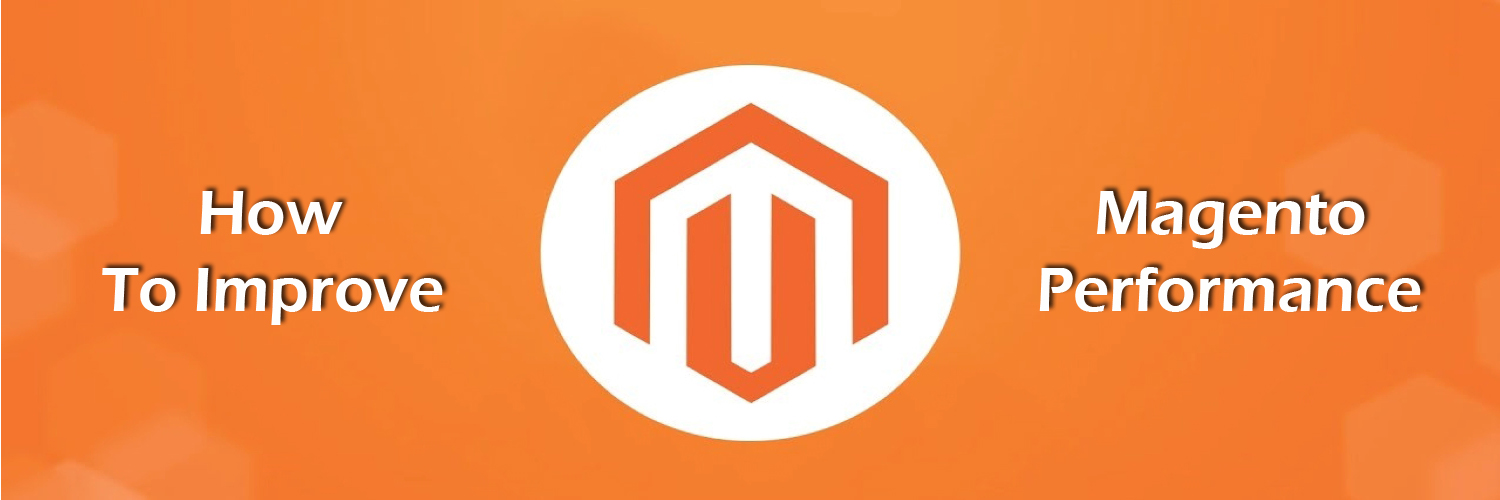Magento, owned by eBay is one of the best widely used eCommerce platforms at present and people are heavily relying on it for the better growth of their online business. In this article, we will discuss the factors that can help us to improve Magento’s performance and ensures that you don’t lose any sales because of the high abandonment rate or unsatisfying user experience.
Latest Version
It is always necessary to go with the latest version of Magento as updates generally contain bug fixes and performance improvements. As far as the notification of the updates is concerned, Magento provides a good job of notifying the important updates that become available within the notification or message inbox depending on the version of Magento.
Content Delivery Network
Implementing a content delivery network using Magento is the best way to instantly have a decreased load times. With the help of this, one can ensure that you are serving the assets (product images, JavaScript, CSS) from various locations around the globe so that they can be delivered in no time to shoppers.
Utilize caching to improve Magento Performance
There are numbers of caching that can be implemented with Magento. Many people achieved high rocketing success with the help of combined NGINX, APC, Memcache, and Varnish caching. Its built-in caching module is also an extensive feature to deal with, but third-party solutions likely to achieve better results. So, make sure that all cache types are enabled by navigating to “system” to “cache management”.
Browser Caching
Another form of caching that you can leverage from is browser caching. There is a number of snippets that one can easily add to the file such as enabling of Gzip compression and addition of expiring headers. In the same way Magento 2 ships with a file named as .htaccess.sample that can be used to achieve the same goal. But, one needs to have an updated Magento version to achieve such snippets or they should be defined manually in case of an older version.
Page Caching
Another preferred way to improve Magento performance is page caching. With the help of this feature, the load can be taken off from the webserver by serving the pages that have already visited from a cache, as a result, such feature helps in making Magento a lot faster.
There are some page caching extensions available for Magento which are as follows:
- Zoom full page cache.
- Brim’s full page cache.
- Full-page cache pro.
Enabling flat catalog
A model named as EAV stands for (entity attribute value) is used to store customer and product data. Flat catalog merges product data into one table for different categories and products. This results in improving the performance by responding to MySQL queries faster, it can be a valuable feature if your eCommerce store contains thousands of products.
Image Optimization
Optimization of an image is the crucial point not only for eCommerce online stores but also for other types of websites over there. Optimizing the images can dramatically fasten the speed of the pages as this leads to having decreased download times. For better results, one can easily compress the images with the help of PhotoShop or we can have a number of extensions to auto-optimize them. There is a number of extensions available which are as follows:
- Tiny PNG extension.
- Compressor extension.
Merge CSS and JavaScript files
Magento 2 comes up with an extensive built-in feature to merge the CSS and javascript file, this may result in reducing the total number of HTTP requests and in turn help in speed up the loading of your pages.
Enabling Magento compilation
Magento compilation can help us to improve our performance even up to 50% of the total speed. With this feature, files are searched in a certain order every time when the page loads, which results in a lot of file system reads. For such a case, Magento has come up with the solution where compiler reduces the reads by copying all of these files into a single directory with cache ones that take place frequently.
Less number of extensions and modules
It is best to keep your Magento install down as it brings out a few extensions as possible. Just like to that of WordPress and any other platform, the number of extensions results in more HTTP requests and allows additional CSS and javascript files to load.
Fast Web Hosting
Last but not least, choosing a fast and reliable web host can be a crucial decision to deal with while trying to improve Magento’s performance. One should avoid the cheap shared hosting as they tend to overcrowd the servers and result in ending up the resources among hundreds of people.
As you can see there are many ways to improve the Magento performance. From implementing a CDN to caching, enabling flat catalog, etc. We have discussed many important factors to improve the Magento performance if you are still left with any concern about the improvement of Magento. Please reach out to us at [email protected], we will be more than happy to serve in clarifying your doubts and queries.


